Long-term memory: what is it and how to develop it?
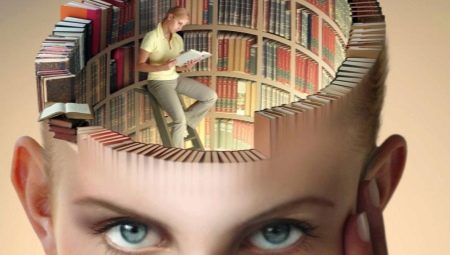
In the absence of long-term memory, information would not be retained in the structure of the human brain and would disappear without a trace every time. In this case, it is impossible to develop the skills necessary for life.
What it is?
The definition of the term long-term memory (LTP) is recorded in many dictionaries. In neurophysiology, attention is focused on the ability of all living organisms with a central nervous system to learn and memorize material.
Knowledge is stored in memory for a long time without quantitative and qualitative losses due to neural connections caused by complex biochemical processes in the body.
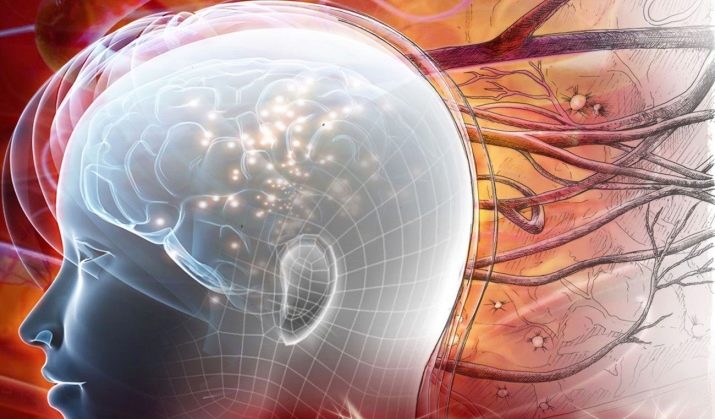
In psychology, this level of memory is considered the highest mental function, which makes it possible to accumulate, retain, preserve and reproduce a huge amount of knowledge and skillsacquired over a long period of time.
The structure of memory consists of sensory, short-term and long-term levels. These types differ in the mechanisms by which the material is memorized, in the volume and duration of information storage. The characteristic of the three-component model of coordinated working blocks is reduced to the initially involved sensor register with information storage for 1 second, sending material to a short-term storage for 20-30 seconds and placing knowledge for a long time in the archive.

Long-term memory is based on 3 processes: coding, archiving and retrieving knowledge. Memory work begins with memorization, then archiving and actualization occurs, that is, retrieving information from memory by means of reproduction.The volume of fiberboard and the storage time are limitless. It all depends on the method of coding, systematization of the material and the subject who perceives and remembers information.
The placement of the perceived material in the storage of brain structures is influenced by 2 factors: activity and meaningfulness. Activity consists in a strong connection of knowledge with certain emotions, the emergence of a conscious goal and motivation to include the memorization of information in the process of activity.
Indicators of meaningfulness are control in the process of memorization, analysis and structuring of the necessary knowledge, search and highlighting of important thoughts, the establishment of logical connections between parts of the text, repeated repetition.

Long-term memory permanently preserves the perceived material. She represents a kind of storage of knowledge in the brain structures. It can be called a reliable archive in which all information is divided into many headings and sorted into shelves.
The warehouse with the accumulated material has an unlimited capacity.
The presence of memory testifies to the personal integrity of a person. Loss of memory leads to personality decay. Violation arises from the inability to correctly encode and reproduce information.
In addition, memory can be impaired due to amnesia. In the first case, regular training helps. Forecasts in the second situation are impossible to predict. Stress or trauma can lead to amnesia.

The causes of impaired long-term memory can be physiological characteristics: asthenia, damage to the central nervous system and the brain, condition after a stroke, intellectual disorder, alcohol or drug intoxication. The causes of mental disorders are psychological trauma, depression, neuroses, overwork, chronically bad mood, strong emotional and mental stress.
Household causes are usually associated with poor nutrition, lack of sleep, excessive intellectual and physical exertion, lack of a regimen and improper day planning.

Violation of fiberboard is indicated by the following symptoms:
- difficulties with the conscious memorization of verses, dates, examination material;
- confusion, violation of cause-and-effect relationships;
- decrease in the level of performance and mental capabilities;
- inability to concentrate and concentrate, inattention;
- memory losses;
- social maladjustment;
- forgetfulness in everyday situations;
- absent-mindedness and confusion.

Long-term memory helps to improve the quality of human life, to achieve success in various fields.
A bit of history
The idea of distinguishing between short-term and long-term retention of information in memory appeared in the 19th century. The mechanism itself for transferring information from a short-term storage to a long-term archive was described in the middle of the 20th century and is still the subject of controversy among researchers.
In 2011, an interesting discovery was made. Scientists at one of the US medical centers have managed to recreate the entire neural circuit, which is the basis of the DWP. It turns out that with the duration of the incoming signal for 10 minutes, strong connections are formed that do not disintegrate for a long time and are able to persist in the structures of the brain throughout a person's life.
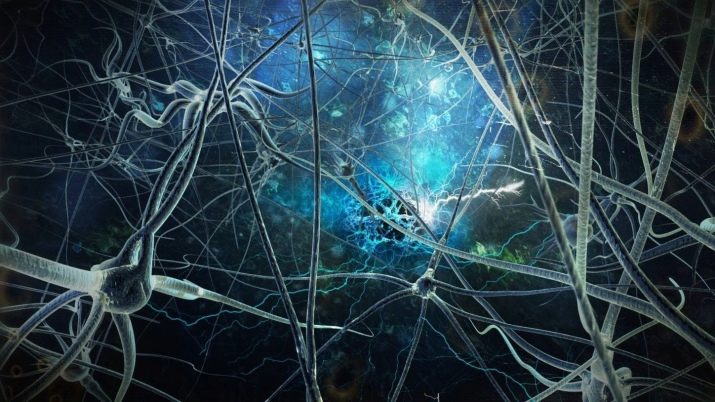
Comparison with short-term memory
All memory components function in concert. Knowledge for long-term storage comes from the information capacity held by short-term memory (STM). Two-stage memorization has a certain biological meaning. Accidental and unnecessary information is eliminated and is not transferred to storage in fiberboard.
Non-essential information does not overload the brain. The perceived material is emotionally experienced, reconstructed and placed in the storage of brain structures for a long time.
When comparing two types of memory, differences in the duration of storage of the material, the strength of its retention and information capacity. Information is stored in the KVP for 20-30 seconds, after which some part of the material is lost forever, and the other part of the successfully encoded information goes to the archive of the fiberboard, where it is stored from several minutes to many years. KVP encodes information visually or acoustically, DVP - at the semantic level.
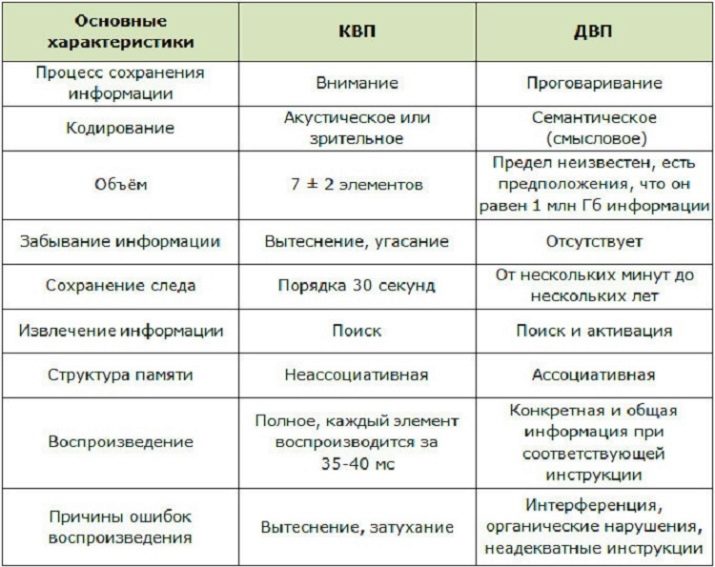
The mechanism for storing information in CWP is attention, with DWP - speaking. The structure of the CWP is characterized by the absence of associations; the DWP is characterized by associativity. Errors in the reproduction of information in the first type of memory arise due to its displacement and rapid fading. Erroneous reproduction in long-term memory can be caused by organic disturbances, inadequate instructions, and interference.
Varieties
All types of fiberboard are closely related. An autobiographical view can retain an event in its own life for a long time.... In some cases, this type is correlated with episodic memory, when a separate fragment is recorded and sent to the archive of the brain for a long time. The reproductive view makes it possible to recall and reproduce a previously saved object.
Associative memory relies on functional connections between memorized objects.

The set of hereditary reactions that are transmitted from generation to generation through genes refers to to biological, ancestral, gene memory. Genetic memory is designed to store information about ancestors at an unconscious level. It is believed that such information remains for life in the long-term storage of brain structures.
According to the criterion of accessibility of memory, implicit and explicit memory are distinguished.
Implicit
Unconscious long-term memory level hidden and unconscious by man. The individual does not make volitional efforts and mental stress to memorize. It would seem forgotten forever information is suddenly retrieved from the archive at the right period of life.
People who regularly type on a computer do not remember the order of the keys until they start typing. The fingers themselves know where the keys are. And a person does not have a conscious access to this knowledge.

The implicit memory trail is powerful. People with amnesia due to shell shock, traumatic brain injury, or emotional shock may forget their past life. But motor and professional skills are preservedbecause the information has not been erased from the implicit part of the memory store.
Explicit
This type of memory is associated with consciousness and the desire to purposefully retain and preserve the accumulated experience. This is how they memorize rules, formulas, dates, learn foreign languages. The individual, if necessary, extracts knowledge from memory and speaks it out.

There are 2 types of explicit memory: episodic and semantic.
- Episodic type associated with the memories of a specific individual, his personal life experience acquired in the distant or recent past.
- Semantic (historical) memory associated with the accumulated experience of all mankind. Any theoretical knowledge, rules, mathematical formulas, historical dates and events are directly related to this type of memory.
Diagnostics
There are various test methods to determine how developed the DWP is in an individual.
The first technique is based on on memorizing words that are not logically related to each other. Each word must be numbered. Subjects receive 2 lists with 10 words. For children from 6 to 12 years old, 1 list is enough. Words can be written on the board or printed on separate pieces of paper. You can read them aloud without allowing the subjects to write them down.
For adults, the list is read 2-3 times, for children - 4-5 times.

Sample word lists.
List # 1:
- Wizard;
- screen;
- boat;
- recipe;
- ball;
- purse;
- dinner;
- gold;
- the circus;
- conscience.
List No. 2:
- lily;
- ballet;
- Island;
- poetry;
- square;
- psychic;
- air;
- freedom;
- sadness;
- chocolate.
After careful listening or reading, you need to write down the words on paper from memory, preferably in the same order. Subjects are then diverted to other activities. After 30 minutes, the words are again listened to or read, then reproduced.
The next day and a week later, the procedure is repeated with a single reading or listening to the lists. The results of 4 procedures are obtained according to the formula: C = B: A x 100, where C is the coefficient of long-term memory, B is the number of correctly reproduced words, A is the total number of words.

Indicators in the range of 75-100 indicate a high level of fiberboard, 50-75 - about an average level, 30-50 - about a low level, 1-29 - about a very low level.
The second technique is designed to memorize a semantic text. The essence of the technique is similar to the previous technique, but the text is not read aloud. Sample texts are distributed to each subject. The main ideas highlighted in the text should subsequently be reproduced.
This technique is used to diagnose long-term memory in adolescents from 13 years of age and adults. Test results are obtained using the same formula, the only difference is that here B is the number of correctly reproduced thoughts, A is the total number of selections in the text.

Sample text.
How many people, so many characters. It turns out that rain can also show its temper and temperament. What is RAIN? These are ATMOSPHERIC DEPOSITS, arising in the clouds and DROPPING TO THE EARTH IN THE FORM OF LIQUID DROPS WITH AN AVERAGE DIAMETER FROM 0.5 TO 7 MM.
The best thing in the world is SUMMER WARM RAIN. It reminds of a carefree childhood, when all the village CHILDREN RUN BOARD ON WET GRASS. Sometimes a shower suddenly falls on us. Often it REACHES 100 MM / H AND IS ACCOMPANIED BY A STORM. We say about such rain: “IT FLIES AS FROM A BUCKET”. Due to heavy rainfall, our clothes stick to the body. Where to hide from him?
COLD AUTUMN DAYS SEVERE RAINS. We look out the window and dream of an early end to this UNCOMPRESSED WEATHER. And it happens that ROBKY RAIN will sprinkle a few drops on a person and stop, as if pondering what to do next. Maybe he is afraid of something or shy? Such rain REMINDERS A QUIET SENSE OF FIRST LOVE. But now the LAST DROP LIKE A TEAR LIKE FALLED.
How to develop?
It is necessary to develop memory throughout life. This is necessary in order to avoid Alzheimer's, Parkinson's, Pick's and memory lapses in old age. The cognitive function of the brain is flexible, so it lends itself well to development and training.
The bulk of the material should be divided into parts, blocks and structured.

You can improve your memory using various techniques:
- Aivazovsky's method involves detailing each image;
- Cicero's method makes it possible to decompose all the information in the archive of the brain on the shelves;
- memorizing texts, songs, poems;
- associative memory games;
- solving Scandinavian and Japanese crosswords;
- untangling logical computer puzzles;
- verbal-logical methods, alphanumeric code, various associative links, methods of "places" and "hangers" in mnemonics;
- training of attention and thinking with the help of certain exercises.
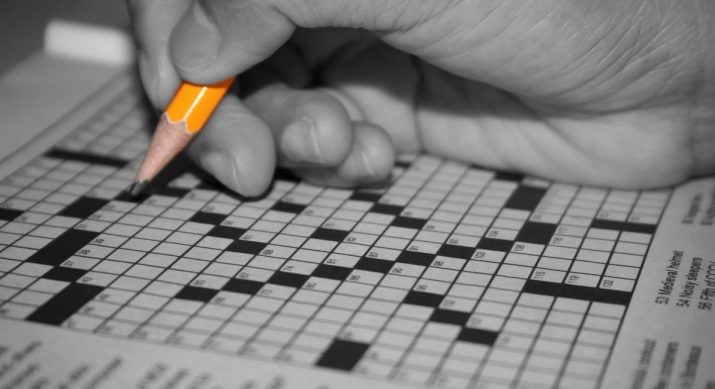
To preserve an excellent memory, experts recommend lead an active and healthy lifestyle, eat right, provide yourself with adequate sleep, stay outdoors a lot, play sports, avoid excessive exertion and stressful situations, follow the daily routine and develop your intellect by reading books, playing chess and other methods.
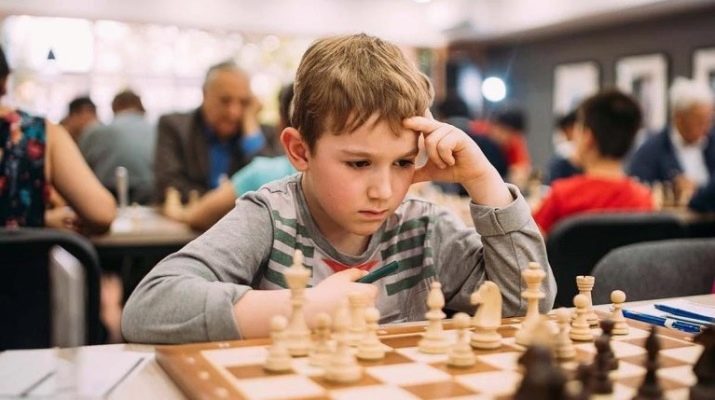
You can learn more about developing memory in the video below.








